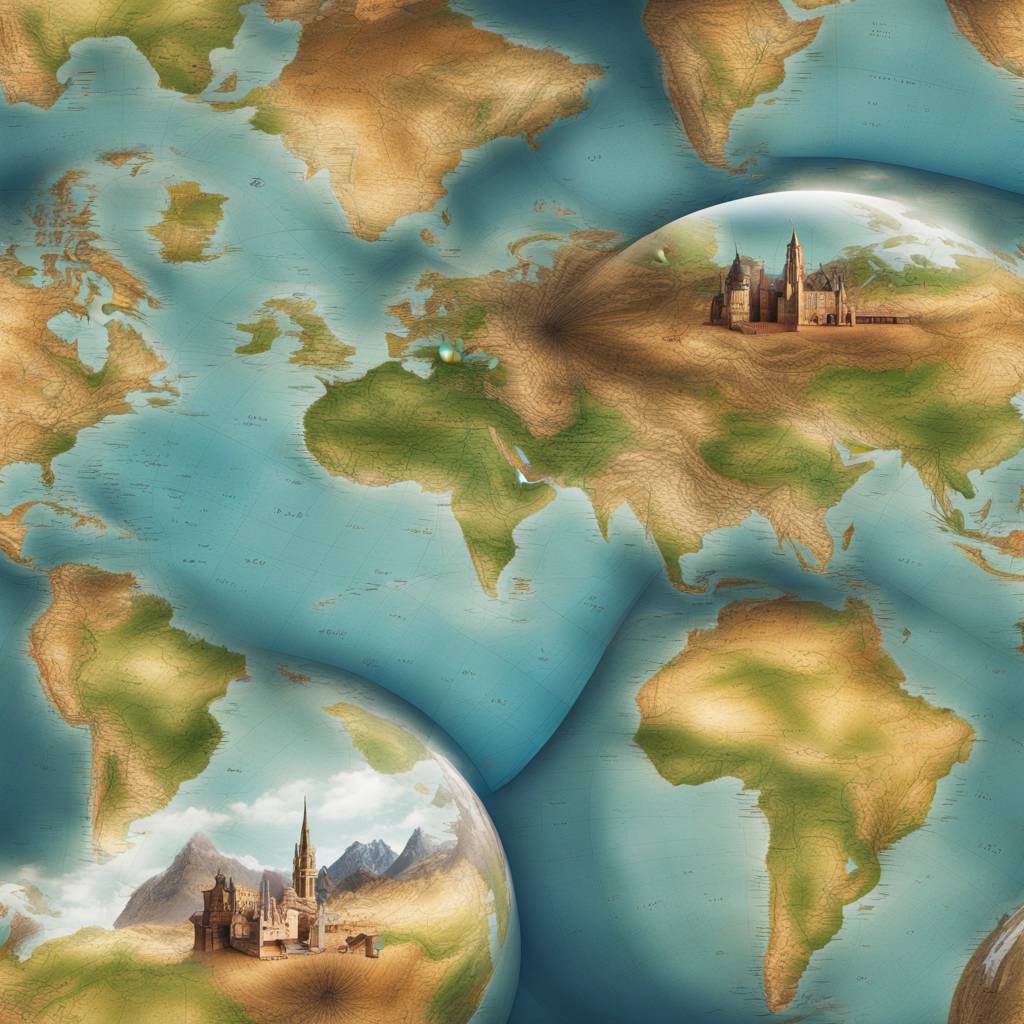Globes are enduring symbols that connect individuals to the planet, inspiring a connection to the world we live in. In an age of technology such as Google Earth, they continue to hold value beyond their original purpose of navigation. London globemaker Peter Bellerby believes that the human desire to find our place in the cosmos has helped globes survive the digital age. His company, with about two dozen artists, cartographers, and woodworkers, continues to create beautiful handmade globes that serve as works of art and history.
The cost and geopolitical implications of globemaking raise questions about the relevance of globes in a rapidly changing world. Increasingly, globes are being seen as items of prestige and luxury, rather than practical educational tools. This raises concerns about the role of globes in modern society, particularly as digital technologies become more prevalent in schools. However, Jan Mokre of the International Coronelli Society for the Study of Globes in Vienna suggests that the three-dimensional nature of globes and their aesthetic appeal may contribute to their continued relevance.
Creating a globe is a complex process that involves constructing a sphere and applying delicate panels called gores. Artists meticulously paint the oceans, landscapes, constellations, and other intricate details on the globes. Notably, some globes include mythical elements like dragons. Despite the intricate craftsmanship involved, globes remain art pieces accessible to individuals from different socioeconomic backgrounds, including families, businesses, and collectors.
The geopolitical implications of globes add a layer of complexity to globemaking, with countries often having sensitive territorial disputes. Bellerby’s company marks disputed borders as such to acknowledge historical and political realities while maintaining accuracy in their representations. The lack of an international standard for globe accuracy further complicates globemaking, posing challenges for manufacturers who risk impoundment of their products if borders are not correctly depicted.
Historically, the oldest known surviving terrestrial globe dates back to 1492 and was created by German navigator and geographer Martin Behaim. The globe, known as the “Erdapfel”, contained detailed cartographical information and served as a record of the European world conquest and the Atlantic slave trade during the 15th century. Despite inaccuracies in the geographical knowledge of the time, the globe provides insight into the economic and political landscape of the era.
During World War II, two massive globes were commissioned as symbols of power and partnership for American President Franklin Roosevelt and British Prime Minister Winston Churchill. The globes, created by the Weber Costello Company of Chicago Heights, Illinois, were gifts exchanged as a PR exercise during the war. Today, these globes serve as historical artifacts, highlighting the importance of globes in shaping political and military strategies during a critical period in history.













